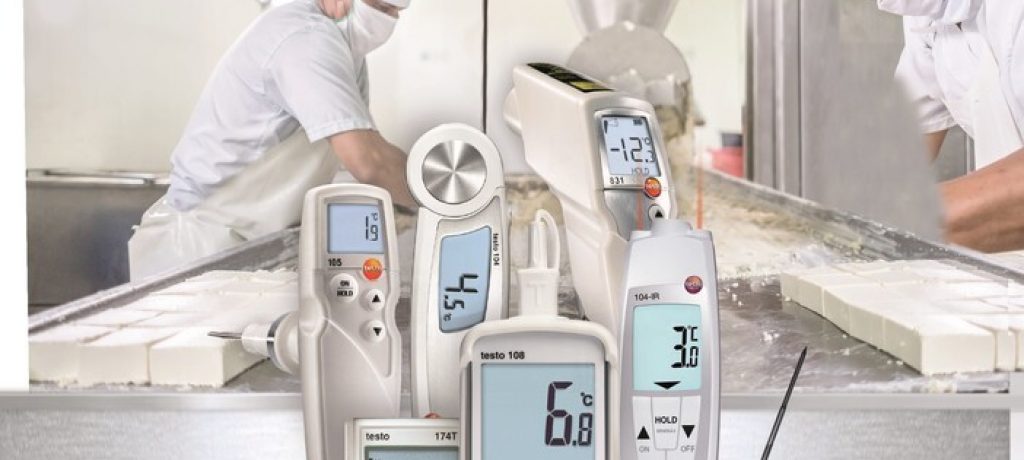Introduction:
Food testing is an essential part of the efficient production of harmless, valuable products. Today’s food industry today definitely demands an inspection, and testing is to ensure good quality and to protect public health. As adulteration is prevalent prevails in the food industry, hence food testing requirement has a significant role.
Quality has long been a factor in the success of food trade transactions. However, recent food safety issues have propelled quality control to the forefront of international trade concerns. Now with the increasing globalization of trade, food quality is also becoming a factor in domestic markets as quality and variety compete for a buyer’s attention and regulatory bodies seek to better control potential threats.
Introduction:
Food testing is an essential part of the efficient production of harmless, valuable products. Today’s food industry today definitely demands an inspection, and testing is to ensure good quality and to protect public health. As adulteration is prevalent prevails in the food industry, hence food testing requirement has a significant role.
Quality has long been a factor in the success of food trade transactions. However, recent food safety issues have propelled quality control to the forefront of international trade concerns. Now with the increasing globalization of trade, food quality is also becoming a factor in domestic markets as quality and variety compete for a buyer’s attention and regulatory bodies seek to better control potential threats.

Here are the benefits of food testing :
- Helps maintain transparency among consumers
- Facilitates the choice of ‘Informed Purchase’
- Helps comply with Food Safety Regulations
- Provides complete information about the product
- Guarantees safety and security of the product and the brand
- Mentioning Allergenic product helps prevent health hazards
- Helps food businesses identify further aspects like Label Validation, Sensory Analysis, etc
Consumers must know about the nutritional composition of the food products so that they can make healthy choices and mind their diet. This will help them refrain from consuming the compounds they are allergic to or want need to avoid. Nutritional labels state the total calorific value of the food, as well as total fat, saturated fat, cholesterol, sodium, carbohydrate, dietary fiber, sugars, protein, vitamins, calcium, and iron.
Food testing gives an authenticity check which ensures the quality of the contents of the food product. In this way, food testing ensures that consumers don’t become a victim of economic fraud and that contest among food manufacturers is reasonable.Last but not the least, food testing ensures the safety of the food consumed. The consumer can know that the product is harmless and can be consumed without any dilemma.

Local governments have a role to play in both increasing access to healthy foods and reducing access to unhealthy foods. To date, and as reflected in this report, there are more access-enhancing strategies than those that might reduce access to unhealthy foods. However, local governments should also focus on strategies that reduce access to unhealthy foods, as these potentially may have more of an impact in reducing obesity than increasing access to healthy foods. For example, restricting access to sugar-sweetened beverages in after-school community programs may have more of an impact on reducing the consumption of excess calories and weight gain in youth than opening a farmers’ market once a week for five months or starting a community garden. Finally, while some initiatives may not have a direct impact on healthy eating behaviors, they may strengthen ties among diverse and important community stakeholders. Broad-based coalitions or organizational strengths developed through such activities can facilitate effective advocacy for subsequent initiatives that have more impact but are more difficult to implement.
Conclusion :
Overall, food analysis is not a single area, but all the methods are used in a quality control capacity. The most common is to check the constituents of a product to ensure that it meets internal and regulatory standards, but the applications are widespread, and all the food analysis areas are an essential component of the food and beverage industry.

























